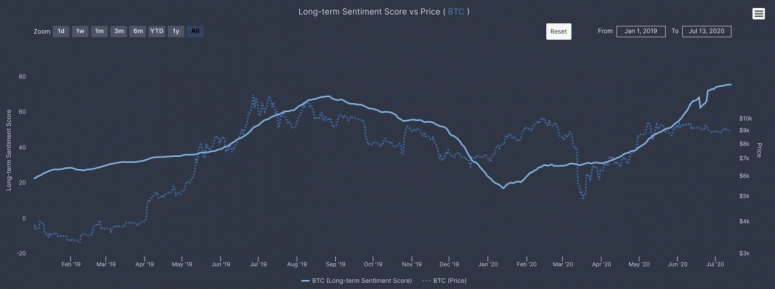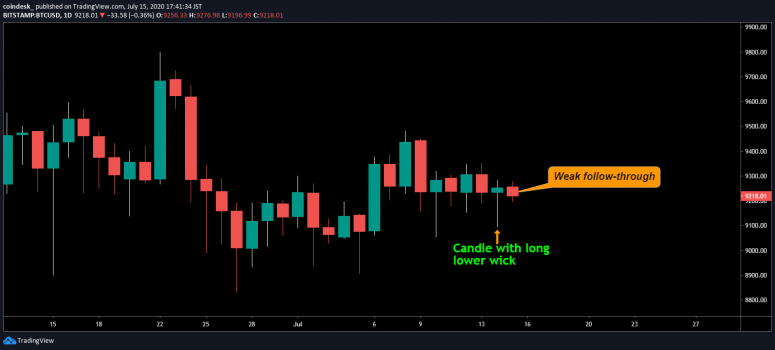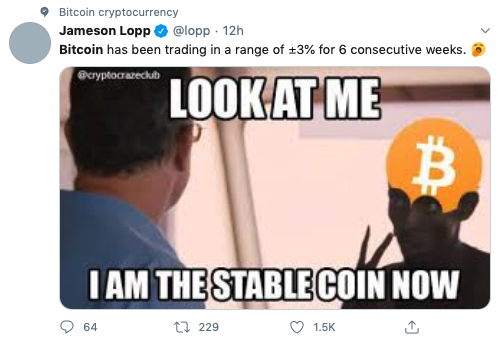Bitcoin was born in early 2009, in the aftermath of a financial crisis, but until this year it had never actually been through one.
Here’s how that played out: Bitcoin plunged in March as the coronavirus pandemic spread, then quickly bounced back as market optimism returned along with trillions of dollars of monetary stimulus.
Now, cryptocurrency traders may learn how bitcoin reacts as a new sense of pessimism sets in: Hopes that the global economy will snap back in a V-shaped recovery are diminishing quickly.
You’re reading First Mover, CoinDesk’s daily markets newsletter. Assembled by the CoinDesk Markets Team, First Mover starts your day with the most up-to-date sentiment around crypto markets, which of course never close, putting in context every wild swing in bitcoin and more. We follow the money so you don’t have to. You can subscribe here.
Figures released Tuesday by the U.K. Office of National Statistics (ONS) showed that the world’s sixth-biggest economy’s recovery is coming much slower than analysts, including the Bank of England’s chief economist, had expected.
Monthly gross domestic product grew just 1.8% in May – well below the 5.5% clip expected by analysts. The pace of growth represented a fraction of the near-25% drop in GDP since the start of the pandemic, the sharpest in three centuries.
The question for cryptocurrency traders is whether bitcoin would sell off if the markets took another leg down, or if it’s more likely to rally due to expectations of fresh money injections from central banks and governments. Bitcoin is seen by many investors as a hedge against inflation, and unchecked money printing could theoretically reduce the purchasing power of major currencies like the U.S. dollar and the British pound.
“The economy was still a quarter smaller in May than in February,” said Jonathan Athow, a deputy national statistician for the ONS. Lockdown restrictions meant key parts of the economy “remained in the doldrums, with a number of areas seeing further declines.”
A second coronavirus wave this winter could put the U.K. economy under even more stress and cause long-term damage, analysts fear.
Bitcoin bulls remain optimistic, however. Jason Deane, an analyst at Quantitative Economics, told First Mover that the cryptocurrency could continue to hold its value in a fresh downturn, even if traditional assets like stocks tumble anew.
“Based on network strength, ease of purchase/storage and proven resilience, bitcoin is well positioned to act as both an excellent store of value and hedge against fiat,” he wrote in a Telegram message.
As coronavirus cases continue to rise, it’s like the world is experiencing a second wave of economic malaise. In Singapore, for example, where border controls and social distancing measures remain in full-effect, GDP contracted 41% in the second quarter, following a 33% decline in the prior three months.
Global markets recovered quickly in April, partly because investors saw an opportunity to buy assets, including bitcoin, on the cheap. But with the possibility of a prolonged economic downturn – possibly even a depression – some assets are already beginning to track back.
In the U.S., states including California, Texas and Arizona reimposed lockdown measures, with steps that included shutting bars as the national death toll approached 140,000.
Markets are expected to take another hit as companies report second-quarter results. Data provider FactSet estimates a 45% decline in the combined earnings of S&P 500 companies, the most since the 2008 financial crisis.
So far bitcoin has remained largely unaffected by the deteriorating fortunes in the global economy. Its price has been notably sluggish over the past month, moving within a tight range between about $9,000 and $9,500. Its ATR – a volatility metric – is at levels not seen since the start of 2019.
While prices may not have skyrocketed, interest in bitcoin, particularly among retail investors, has remained steadfast. In an informal Twitter poll hosted by bitcoin skeptic Peter Schiff on Monday, 57% of respondents – more than 14,000 people – said they would never sell their holdings, even if the price never went above $10,000.
Long-term sentiment analysis from TheTIE found positivity around bitcoin was at its highest in a year and a half.
More recently, the ebullience is nowhere to be found. TheTIE CEO Joshua Frank told First Mover that the number of daily tweets about bitcoin has fallen below 25,000, close to a 2020 low.
“We really are not seeing a growing number of users tweeting about Bitcoin,” he said via Telegram.

Talks about bitcoin being a new “digital gold’ have fallen flat as its price diverged from that of the yellow metal. Gold’s value shot up last week to a nine-year high of $1,800 an ounce.
Some bitcoin bulls believe, and not without reason, that the cryptocurrency’s price could rise in pretty much any plausible economic scenario – whether the recovery looks like a V, U or even an L.
But sentiment is a fickle, unpredictable thing, and without a compelling narrative, there’s a risk that bitcoin’s price could again start to sink.
Tweet of the day
Bitcoin watch

BTC: Price: $9,245 (BPI) | 24-Hr High: $9,279 | 24-Hr Low: $9,125
Trend: Bitcoin is struggling to gather upside traction a day after carving out a bullish candle.
The leading cryptocurrency by market value is trading near $9,250 at press time, representing moderate losses on the day.
Prices found bids below $9,100 on Tuesday before jumping over $200, forming a candle with a long lower shadow on the daily chart. Such candles are indicative of an impending bullish move. So far, however, the cryptocurrency has remained below Tuesday’s high of $9,282.
Technical traders often wait for confirmation in the form of positive follow-through – preferably a break above the bullish candle’s high – before hitting the market with bids. As such, a move above $9,282 could cause chart-driven traders to join the market, leading to a stronger rally to $9,500 and potentially higher.
On the lower side, the low of $8,905 printed in the first week of July is the level to beat for the bears. A break below that would invalidate the bullish reversal doji pattern seen on the weekly chart and could yield a sell-off to support at $8,630 (May 25 low).
The leader in blockchain news, CoinDesk is a media outlet that strives for the highest journalistic standards and abides by a strict set of editorial policies. CoinDesk is an independent operating subsidiary of Digital Currency Group, which invests in cryptocurrencies and blockchain startups.






